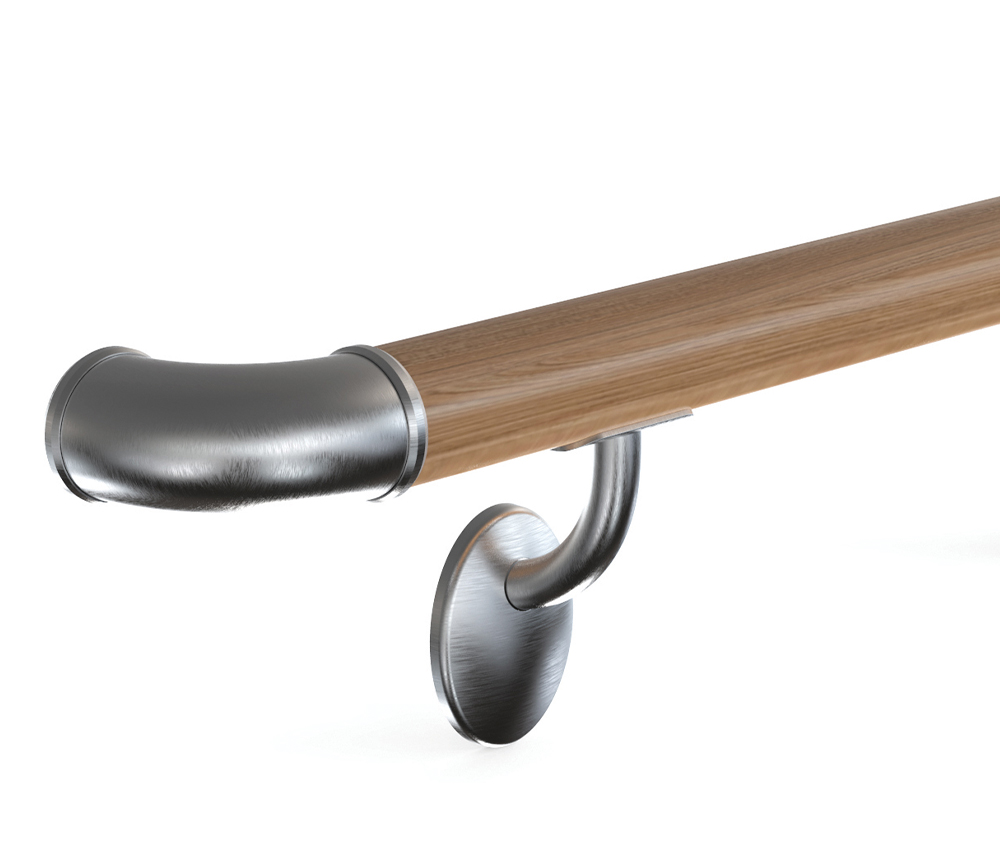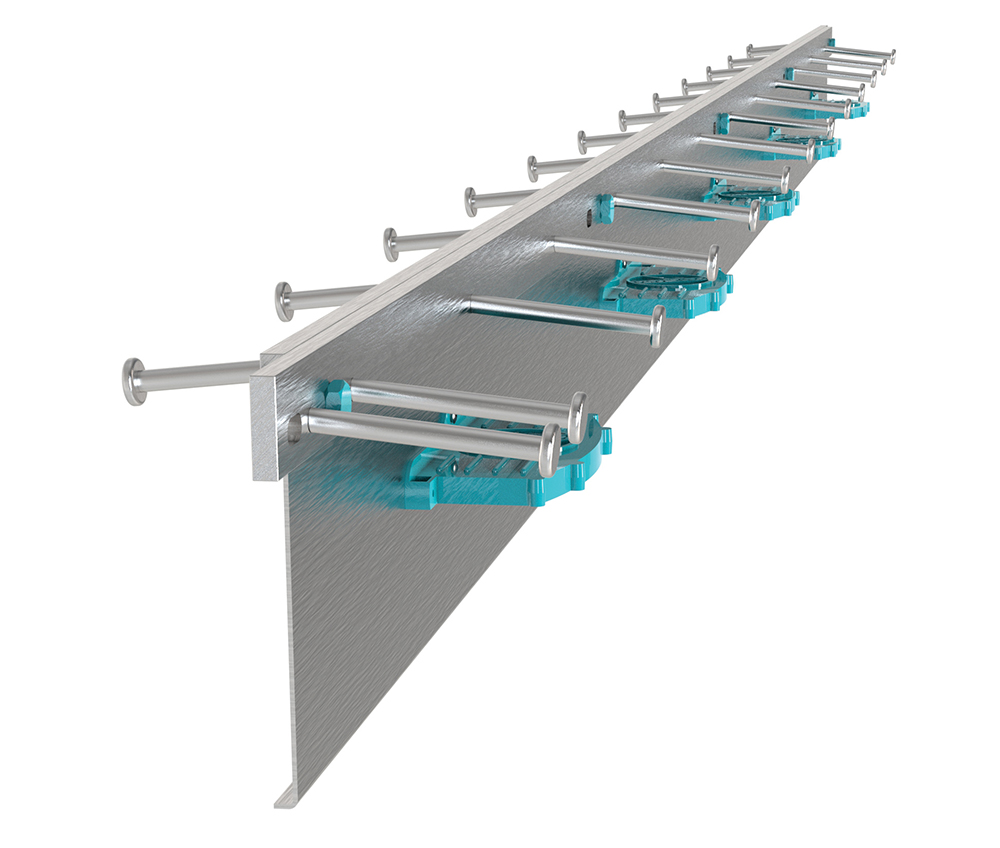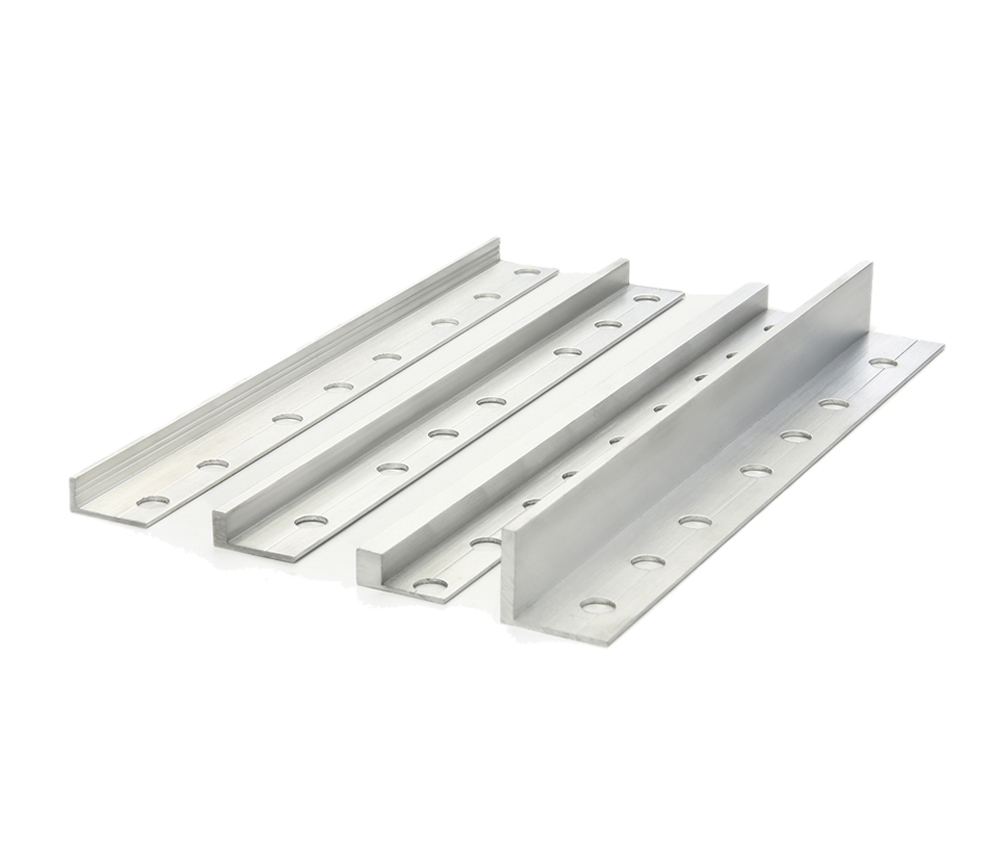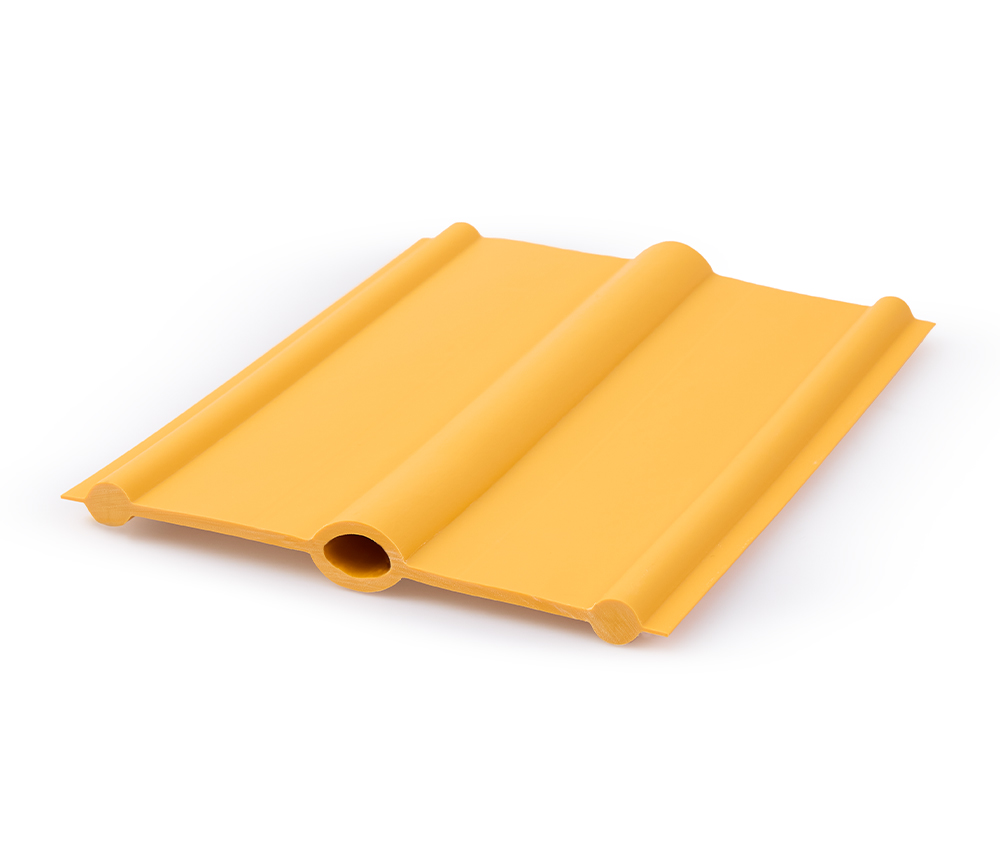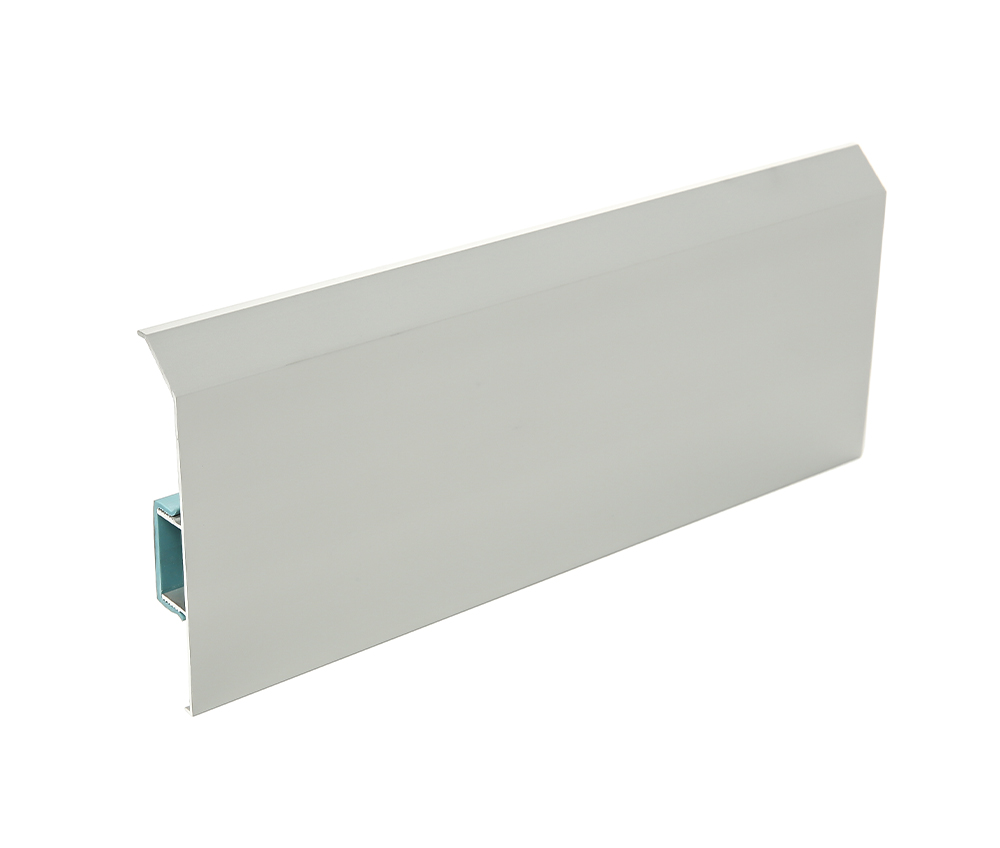
Our New Article; ``About the use and necessity of water-retaining tapes``

In principle, they provide this with the main idea of extending the waterway.
While this effect is achieved in waterstop tapes by extending the path that water takes along the joint and creating resistance zones, in tapes that can only be used in construction joints and that swell by reacting with water, it is provided by the gasket effect provided by the counter pressure formed on the surfaces where it contacts the concrete. Therefore, waterstop tapes play a critical role in water penetration in water structures and reinforced concrete structures from the joints to the structure or water leakage from a water-filled structure.
Waterstop Tapes are generally used in the following parts of any reinforced concrete structure constructed below the groundwater level:
- Raft foundation raft foundation combinations
- Raft Retaining wall combinations
- Retaining wall - Retaining wall combinations
- Partial contraction joint (Construction joint) dilatation areas or areas where there is any discontinuity such as weir manufacturing
- Subway and Tunnels
- Water channels, water tanks
- Drinking water and wastewater treatment plants
- Reinforced concrete type dam structures and all kinds of water retention structures
PVC Based Waterstop Tapes
PVC-based waterstop tapes are the most common type of waterstop tape used in buildings. It is easy and economical to apply by expert teams in the field. It is preferred because it does not lose its function due to its elastic structure in horizontal and vertical movements that may occur in buildings.
Advantages
- High elasticity (275% elongation at break in products conforming to TSE)
- High tensile strength, high tear resistance
- Low water absorption feature
- 200% elasticity even at minus 20 ⁰C
- Non-corrosive structure
- Resistance to high hydrostatic pressure and shocks
- Resistance to external weather conditions
- Long lifetime
Although the performance of waterstop tapes varies from country to country, there are some tests and standards. In our country, TS 3078-1 and TS 3078-2 standards, which entered into force in 2018, are valid. The shape and size requirements of the Waterstop Tapes, the raw material requirements to be used and the experiments to be carried out on them are under control with these standards. With the completion of market inspections and regulations according to these standards over time, it is aimed that both the materials produced in our country and the productions made will reach world standards.
In the new standard, waterstop tape types are grouped under two main headings according to their intended use.
- Externally applied Waterstop Tapes (DA Type, AA Type, FA Type / TS3078-1)
- Internally applied Waterstop Tapes (Type D, Type A / TS 3078-1)
Dimension definitions in the pictures below are in TS 3078-1.
EXTERNALLY APPLIED WATERSTOP TAPES
AA Type
AA type waterstop tapes are external type waterstop tapes that do not have an expansion gap in the middle. It is applied externally when concrete pouring needs to be interrupted or in construction joints (foundation and retaining wall) applied in a planned manner due to structural measures.

DA TYPE
DA type waterstop tapes are tapes that are placed outside the concrete and have an expansion gap in the middle. In dilatation spaces, the raft foundation is placed at the bottom of the foundation and on the outer parts of the retaining walls. By turning the raft up from the foundation edges, the same type of waterstop tape that continues on the retaining wall joints is welded with a hot heat gun or a waterstop welding machine.

The most important point for the sealing of a building joint is the continuity of the waterproofing. In other words, the waterproofing made on the raft should continue on the retaining wall and should be increased up to at least 30 cm above the calculated water level. In applications to be made with both types of waterstop tapes, it is necessary to mount the waterstop tapes on the floor and wall surface formwork at short intervals in order to maintain their initial shape during concrete pouring. While removing the retaining wall formwork, care should be taken not to damage the waterstop band.
INTERNAL APPLIED WATERPROOF TAPES
TYPE A
Type A waterstop tapes are the most common type of waterstop tape used in construction joints. Concrete is poured in the first part of the raft-raft joint construction joints. The waterstop tape, which is applied by making a special two-piece mold in the middle of the raft, must be well fixed before concrete pouring.

D Type
They are waterstop tapes with an expansion gap in the middle of the concrete. They are used in case of dilatation joint (seating joint, movement joint, expansion joint) in raft-raft and retaining wall - retaining wall combinations. Thanks to the middle part, they do not lose their compressive strength and function in displacements within certain limits that may occur in both horizontal and vertical directions.
.jpg)
JOINT FINISH WATERPROOF TAPE - FA TYPE
It is the type of waterstop tape used mostly in retaining wall and floor dilatations, when the iron reinforcement placed towards the outside of the building element is not suitable for other types for assembly. Hydrostatic compressive strength is slightly lower than other types.

APPLICATION BASICS
The sealing function of the waterstop tapes depends on the correct formation of the joint, the selection of the waterstop tape material and the application quality. A closed system should be created to ensure the impermeability of the construction joint and the waterstop tapes should be continued up to at least 300 mm above this system.

In the waterstop bands to be placed inside the reinforced concrete structural element, the concrete thickness should provide the minimum waterstop band width. The embedding depth of the waterstop bands in the concrete (G) should be at least as much as the concrete cover thickness (T) and the distance between the outer edges of the waterstop band and the nearest reinforcement around it should be at least 20 mm (Figure 5.1).
The distance between the joints of the waterstop tapes should be at least 0.50 m and welded carefully. If some of the waterstop bands will remain outside during concrete pouring, the length of the exposed part should be at least 1 meter. In horizontal and slightly inclined structural elements, the bands (floor or ceiling, etc.) placed in the concrete should be placed in a slight "V" shape during concrete pouring.

Waterstop tapes placed outside the concrete are placed on the side where the water is. These tapes must be properly protected against mechanical damage to the retaining walls at all times. At least two notched anchor teeth must be present on both sides of the waterstop bands placed outside the concrete, during the load bearing up to 0.2 bar against unpressurized water or sparse and short-term accumulated water. In case of infrequent and short-term accumulated water or continuous water pressure greater than 0.2 bar, this tape must have at least three notched anchor teeth on both sides.
CRITERIA FOR SELECTION OF WATERSTOP TAPE
SIZING OF EXPANSION JOINT WATERSTOP TAPE
STARTER SELECTION
The chart below should be used to assist the designer in the selection of waterstop tapes. In type expansion joint waterstop bands placed in concrete, attention should be paid to the concrete cover layer thickness rule (G≤T) according to Figure 5.1.

APPLICATION
Joining the waterstop tapes to each other at corners, T-shaped joints, cross joints and transition points should be done with specially shaped parts made on site or by means of special shaped joints. PVC-based waterstop tapes become plastic again when heated to a certain degree due to their thermoplastic structure. In this plasticization process, welding takes place when they are pressed together with a certain force. The welding devices to be used and the heat gun (requested from the manufacturer) and the entire surface at the joint should be heated as evenly as possible, and when the welding degree is reached, the two parts should be pressed together with an equal force. Joining should not be done with adhesives, solutions or adhesive tapes. The PVC mixture that accumulates and increases at the joint should be carefully pressed against the joint with a small spatula. When the temperature drops to 50 °C, the force should be removed. The joint should not be moved immediately; it should be waited for it to drop to room temperature.
FIELD OPERATIONS
Until the construction stage, the waterstop tapes should be stored in a sheltered facility so that they will not be exposed to sunlight for a long time. Physical defects (folding, shifting, etc.) caused by storage or transportation, if any, in waterstop belts should be eliminated by heat treatments. Waterstop tapes should be fixed so that they do not move during concrete pouring. The waterstop bands outside the concrete should be protected, no walking on the exposed bands and no vehicles should pass over them. Mold materials etc. The bands should not be covered with products such as in case of long-term stoppage of work, exposed waterstop tapes should be protected against bad climatic conditions and mechanical damage.





 Türkçe
Türkçe English
English Русский
Русский
